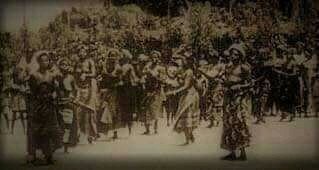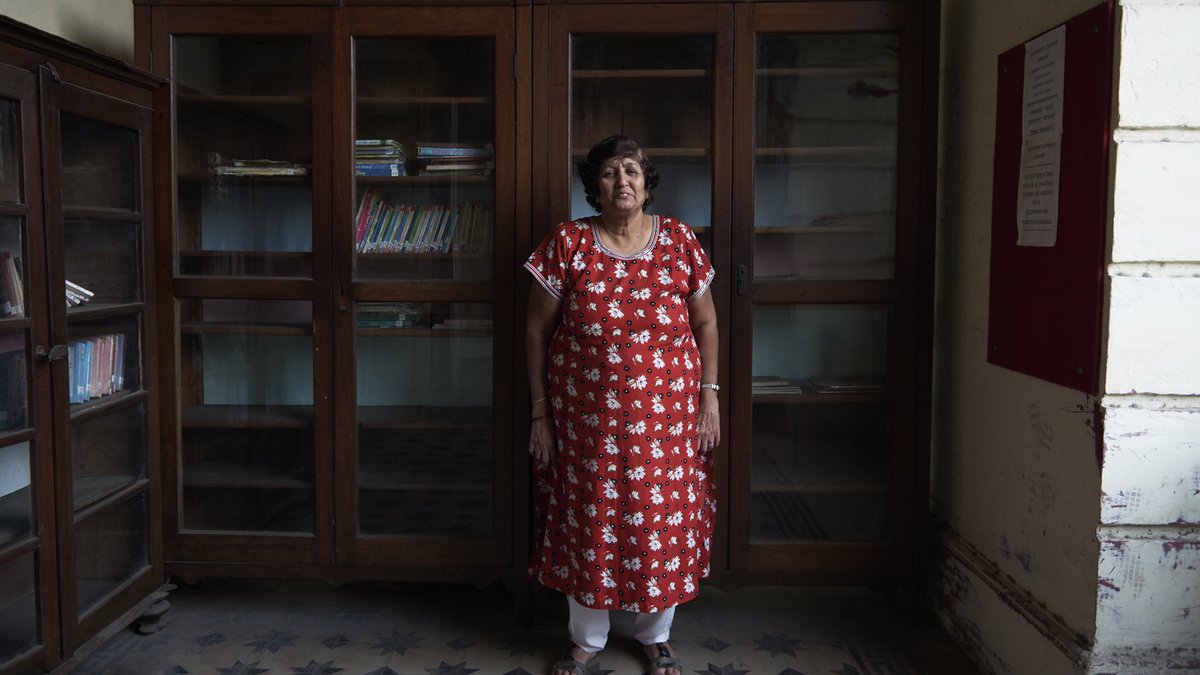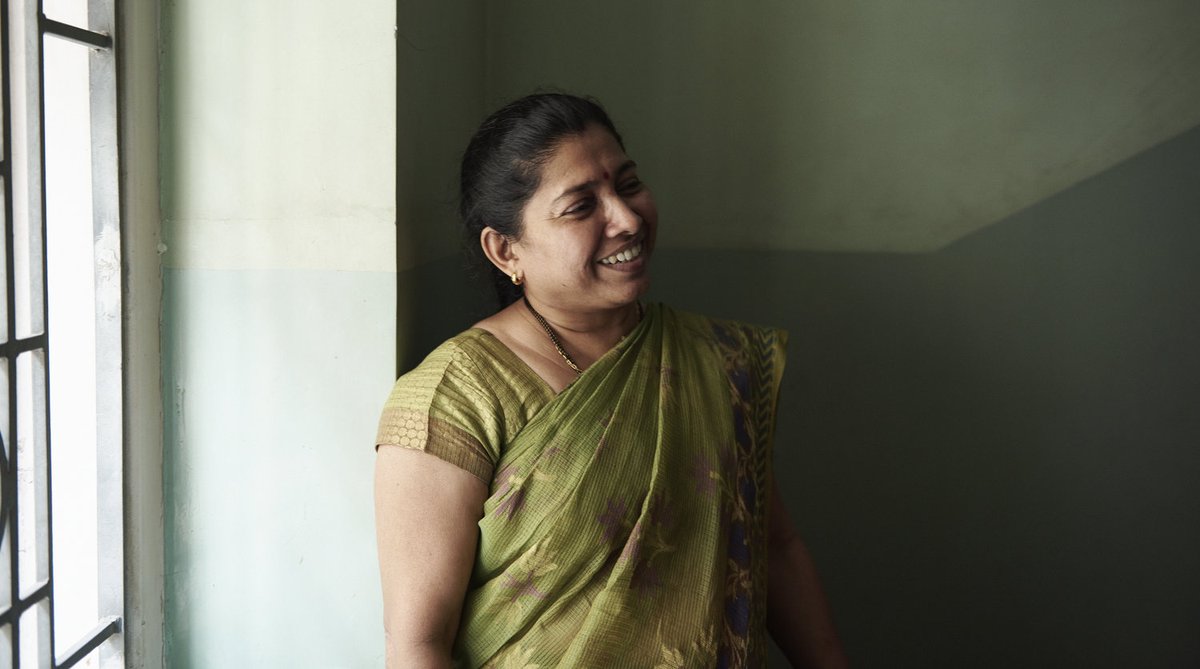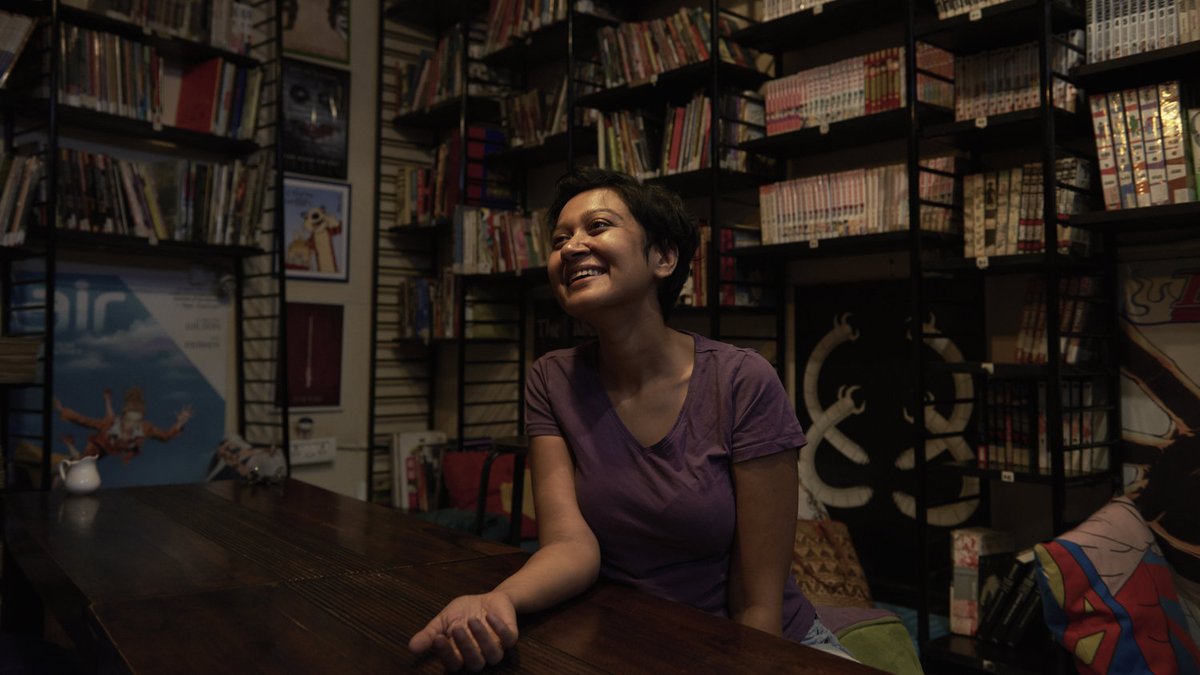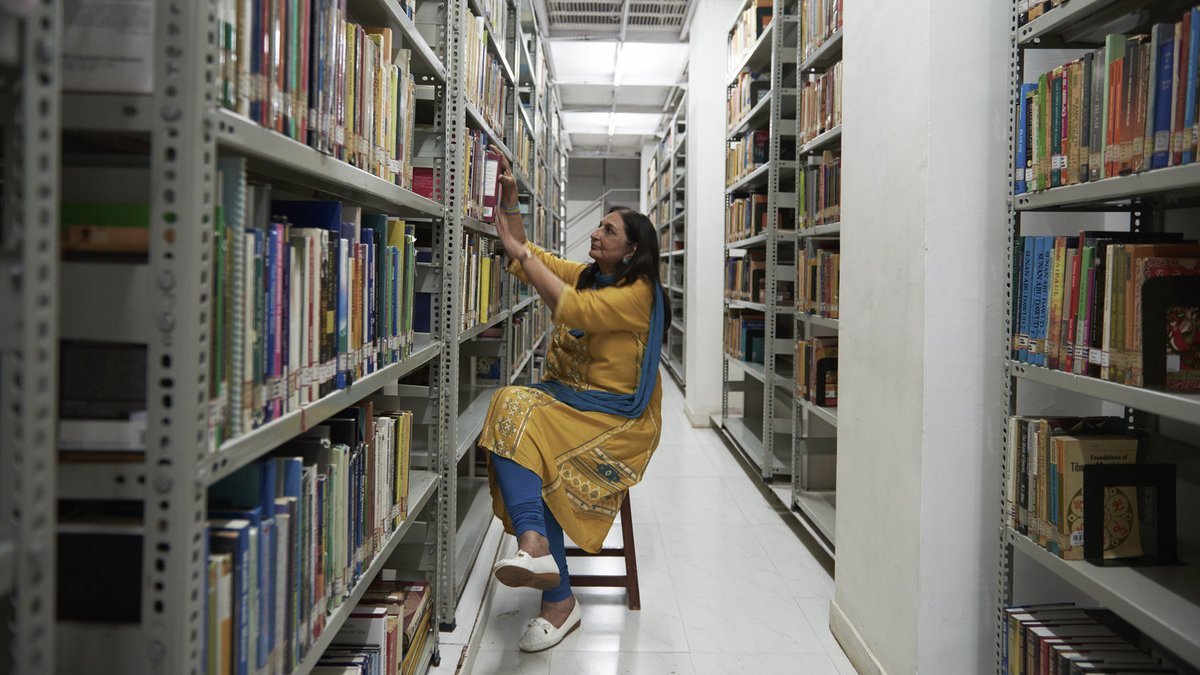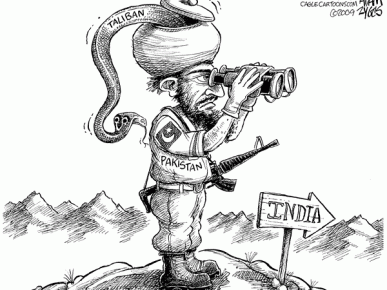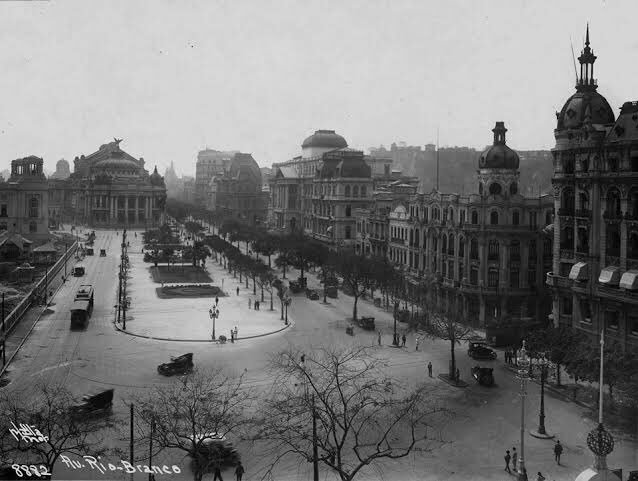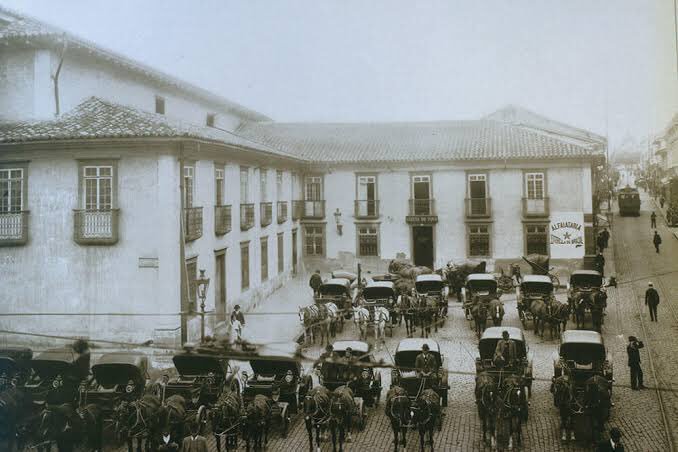In the morning of November 18th 1929, A man called "Emereuwa", Upon the directive of his boss okugo the warrant chief in Aba District walked into the compound of a widow called "Nwayereuwa", ordered her for a cencus of all her livestock and household.
The widow, Nwayereuwa knowing the census will determined how much she will be taxed by the British colonial government. She shouted on Emeruewa, "was your widowed mother at home counted?". An angry exchange ensued. Nwayereuwa resentfully rushed down to the town and market square,
consulted other disgruntled women, with palm frond, they mobilised other women. And that marked the beginning of one of the greatest resilience, rebellion and
uprising the British imperial colonial rule ever faced in Nigeria and Africa in general, called "The Aba Women's Riot" otherwise known as, "The Women Who Went To War".
While the men were subdued, While the men died in the face of oppression and tyranny of colonialism, The women stepped in.
Record has it that over ten thousand women were involved in this revolt and about 50 women lost their lives in the war/riot.
The resistance was orchestrated by; "Persuasive Ikonnia", " Intelligent Nwannedia", Passionate Nwugo" and "Wise and Strategic Nwayereuwa". These were the women who led the famous " Aba Women's Riot.
Women from across the six ethic groups were involved, The igbos, Ibibio, Andoni, Bonny and Opobo. Hundreds of British Colonial Courts were burnt down, hundreds of warrant chiefs were ostracized and banished. On the aftermath of the revolt, the British were forced to abandon the
Propose plans to impose tax on the market women, powers of the warrant chiefs were considerably curbed and more robust room were created for women inclusiveness in the grand scheme of things.
The Aba Women's Riot was on the scale never seem before. It prompted, encouraged and instigated subsequent agitations like;
Tax protest of 1983,
The owerri and calabar oil mill protest of the 1940s,
The onitsha Aba tax revolt of 1956,
Then subsequently the Nigerian Independence in 1960. But unfortunately, when you drive through Aba today, You'll see Faulks road, In Owerri, you will see Wetheral Road, Douglas Road... All of them are colonial relics.
Imo State Government House is called Douglas House, named after, "Harold Morday Douglas". A brutal British colonial district commissioner who orchestrated the Ahiara expedition of 1905 that saw villages wiped out.
(When I talked about how Nigeria is never an independent country and that low key, we are still governed by this people, someone called me foolish. A fool calling me foolish whereas he's the most foolish person I've ever come across).
We've seen streets, roads, government buildings and schools named after brutal colonial commissioners, monument raised for people of no valid importance to our histories and future. But the real heroes, heroines and legends have been relegated to obscurity,
sent to oblivion in a complete sheer and crass negligence. I hope that one day, Nigerians will have a leadership that will remember the women of value, the fifty that lost their lives and all that paid the ultimate price and immortalise them.
I hope one day, I shall see, "Nwayereuwa Road, Ikonna Hospital, Nwannedia Secondary School and Nwugo Complex. I hope to see us name our daughters after these legendary women and mothers and tell them the story of our they fought effortlessly.
Today, I remember the women who didn't only fight against oppressive British Colonial rule but also had to fight their own men ( warrant chiefs) who chose the side of the oppressor because of crumbs that fall from the table of the British colony.
Aba Women's Riot, I remember!!!!
